The almost-good story racing’s not telling
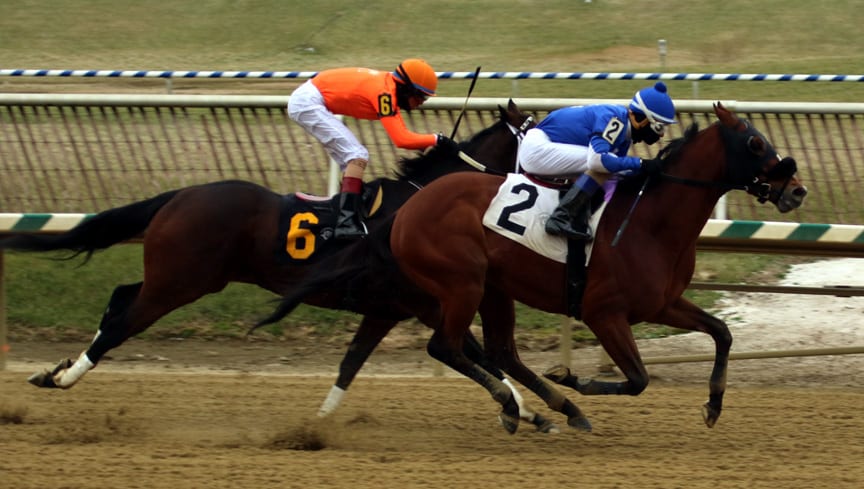
Photo by Laurie Asseo.
The Thoroughbred industry has been under attack in recent months, the problem that began at Santa Anita Park last winter mushrooming into a crisis that threatens the entire industry.
Advocates, politicians, and the media have taken aim at horse racing, demanding reform and, in many cases, suggesting that America’s oldest sport might have reached the end of the line.
But if you thought an existential crisis would suffice to force the sport’s various factions to work together in a collaborative effort to save the sport, well, you’re wrong.
Instead, we’re debating crop rules.
It would be funny were the consequences not so potentially serious. But instead of developing a hard-hitting, fact-based message focused on convincing the American public that the industry understands the problem, has the ability to solve it, and can be trusted to do so, “official” horse racing is flailing.
The results: claims that a federal law will solve the issue, vague references to international standards, and yet another new, alphabet-soup organization (the Thoroughbred Safety Coalition) with no particular authority.
The industry’s messaging continues to be a mishmash of the nice-but-irrelevant (“We love our horses!”), the vaguely forward-looking (“We have plans!”), and the just-plain-weird (including one suggestion that racing fans leave negative reviews about an anti-racing advocate’s pizza joint).
Let’s be clear: the American public at large doesn’t care about international standards, and it doesn’t trust Congress (22 percent approval rating). It isn’t much interested in drug regulations or crop rules, and it doesn’t want to hear about vague plans that may or may not come to fruition some day.
What it does care about: dead horses, and whether the industry is serious about tackling that problem.
Remarkably enough, the industry has an almost-good story that should be the cornerstone of its response and demonstrates seriousness of purpose.
Problem is, it’s not telling that story.
On safety issues, and contrary to either public opinion or the message delivered by the industry’s leadership, the racing industry has not stood still for the last decade.
Since the launch of the Jockey Club’s equine injury database in 2008, the rate of Thoroughbred racing fatalities has fallen by 16%, from 2.0 per 1,000 starters in 2009 to 1.68 in 2018. That’s not sufficient — much more remains to be done — but it’s also not nothing. In fact, with about 300,000 starters annually, that reduction in the fatality rate saves more than 90 horses each year.
The industry has accomplished this reduction through increased focus on equine well-being, changes in some on-track practices, and rules revisions through programs like the Racing Medication and Testing Consortium’s (RMTC) National Uniform Medication Program (NUMP), which seeks to streamline medication rules and strengthen penalties against repeat offenders.
A dozen states — including all of the Mid-Atlantic states, plus New York, Arkansas, and others — have adopted all of NUMP’s provisions, while every racing state has adopted one or more of its provisions.
All of this is genuine progress that’s having a positive effect on the lives of horses and riders. It should also serve as the cornerstone of an industry messaging effort on safety, one that pointed to the steps taken and successes realized, acknowledged the problems ongoing, and pledged to redouble industry efforts.
But that’s not the messaging the industry has delivered.
Whether it’s incompetence or a considered strategy, the problem is clear. By abandoning the high ground — by agreeing with its critics that the sport and its participants have not, heretofore, taken equine safety seriously — racing’s leadership is allowing rank-and-file horsemen to be portrayed in the public mind as killers and chemists.
That’s a perception that won’t change with a change in the law. And it’s a quick way to convince the public that racing needs to end.
The sport has to make genuine, substantive changes to survive. Among other things, it has to root out the cheaters, increase out-of-competition testing, and boost real-time analysis of racing surfaces.
But it also has to stand up for itself, and its commitment to reform.
Right now, it’s not doing that.
LATEST OPINIONS
Op-Ed: Heated industry defenses ignore backstretch workers
A New York Times op-ed criticizing racing generated heated industry responses that barely addressed the plight of backstretch workers.
Hamelback: Industry must speak out against decoupling
The horseracing industry must oppose a Florida “decoupling” proposal to sever the racing-gaming connection, says HBPA chief Eric Hamelback.
Piassek: Laurel needs to find post time sweet spot
There’s been a lot to like about the opening days of the 2025 Laurel Park meet. So why aren’t they betting it? The timing of races might be one issue.
Racing trends to watch in 2025
What’s going to happen in racing in 2025? Your guess is as good as ours, but here are some racing trends to watch in 2025.
Pimlico: Safe haven, keeper of memories, home
In this guest column, exercise rider and former jockey Emily Fewster reflects on the last days of the current version of Pimlico, her racing home.
Youngkin’s gray games veto right for racing
Virginia Gov. Glenn Youngkin vetoed a bill that would have permitted so-called “gray games’ with few restrictions: it was the right call for racing.


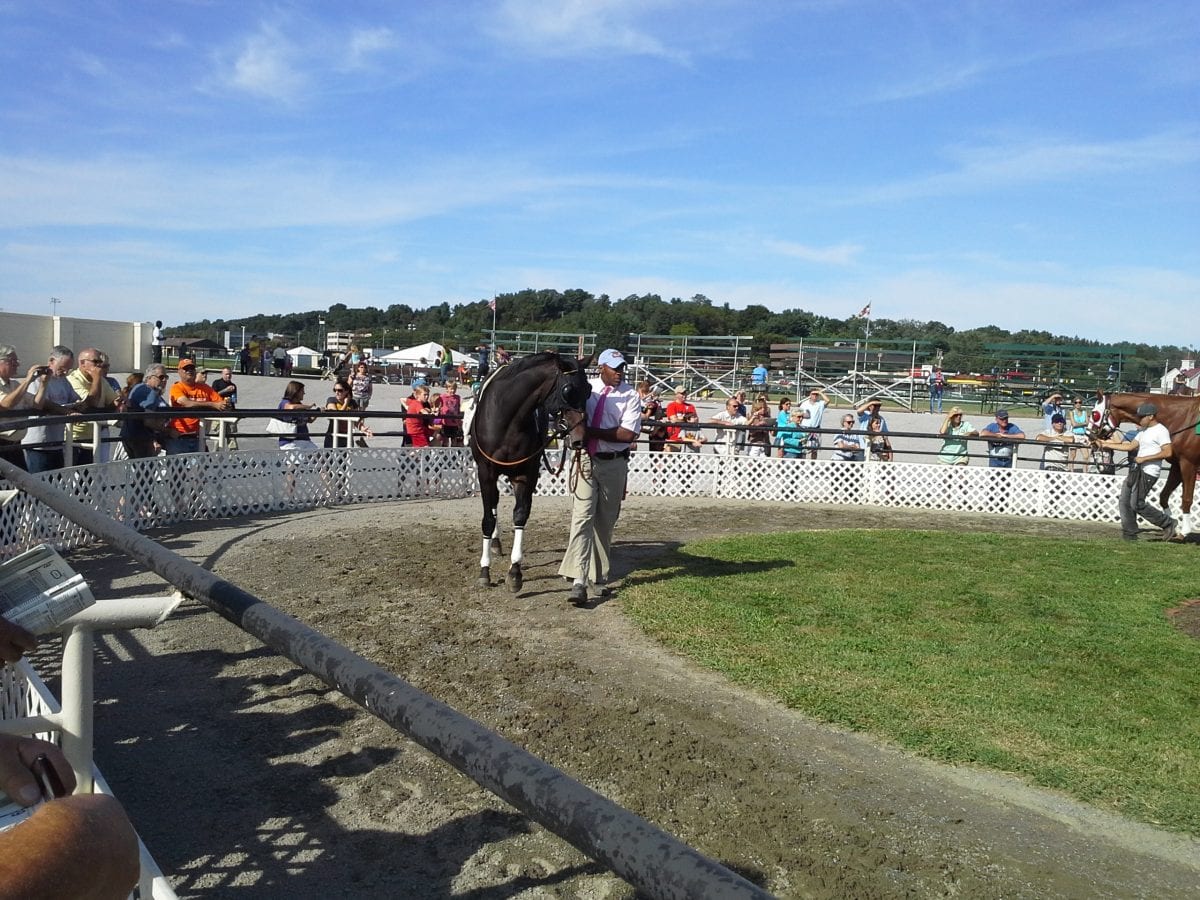
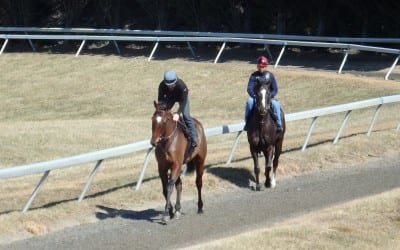
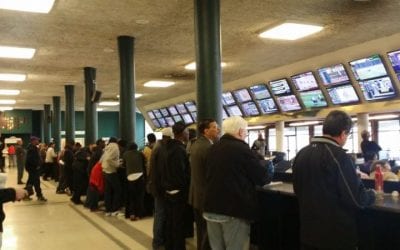
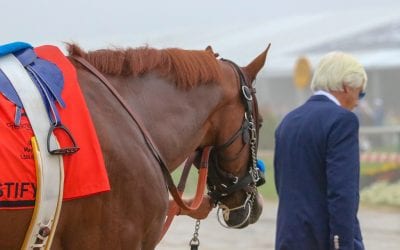

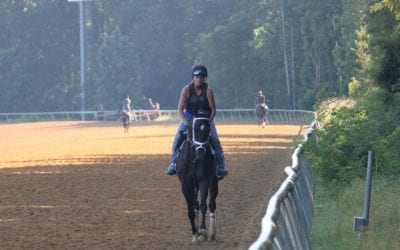






The premise of this story is irresponsible journalism at its finest.
The mentioned trend is a function of more and more tiny tracks closing and of field sizes dwindling steadily with each passing year.
The cheaper the horse, the more often they break down, so of course stats will get better with more and more small tracks and fair meets ceasing operation. (at rates many times those of large tracks who ever tried synthetic racing)
Additionally, multi-horse accidents are much more prevalent in 12- and 14-horse fields than they are in 5-horse fields, for obvious reasons, and everyone knows which way field size is trending in North American horse racing.
So if you could factor out those two elements then any drop in the “rate of fatalities” over time is rendered insignificant.
The data relating to synthetic vs. dirt is already very questionable given that only the larger tracks can afford synthetic surfaces. Each time you take data from a larger track out of the “dirt” category and place it in the “synthetic” category then it only serves to further skew the data toward the result most preferred by the non-scientific gurus who are conducting the studies. People who are effecting only the data and results that they want to see in order to maintain their ruse.
When you compare “dirt” fatalities to “synthetic” fatalities after compensating for the differences in class levels of the venues then you’re likely to find that the difference is insignificant. There’s a reason why Atokad, Pinnacle Park, Pocatello and Fairmount Park have never made the switch to synthetic. And those are the places with the cheaper, most vulnerable horses.
None of the studies comparing synthetic track fatalities to dirt track fatalities have been done scientifically to date.
When you commission such a study to be done by an impartial panel, then come back and tell us all about it.
You may want to read more closely before spouting off. The article never mentions synthetic, though you do seven times, and it never compares dirt fatalities to synthetic fatalities. What’s more, your “facts” on synthetic are mostly wrong; it’s not large track but smaller ones almost exclusively that have synthetic surfaces now (e.g., PID, GGF, TP), since the big SoCal tracks plus Keeneland ripped out their synth surfaces a few years back. You can look at their fatality rates before, during, and after synthetic to get a better picture of how those changes impacted fatality rates (and since those would be looking at the same racing facility over a small number of years, you’d have a very much apples-to-apples comparison).
There’s no question that fatalities are a multi-factorial problem; field size, level of the horses, track surface, veterinary and horsemen’s practices, and many other issues come into play. The fact is, though, that the industry has made many changes in the last decade (and as we say more than once, more needs to be done). So to say – without providing any evidence – that two of the elements render the others “insignificant” seems to be the very kind of irresponsibility of which you accuse us.
I read every bit of your absurd presentation.
You made zero reference to smaller field sizes in the present and to smaller venues closing their doors over the period of time during which you cited this fantabulous decline in fatal breakdowns per start.
I didn’t mention synthetic surfaces in direct response to your selective journalism, only as a tangent to suggest that it might make sense that you open your eyes before “spouting off” as you have done in this story.
And while indeed American society cares about “dead horses”, your effort to camouflage same through the use of data which you clearly do not understand is NOT helping the industry which surrounds you anymore than do the ‘crop rules’ you are so quick to disparage.
Tiz clearly you who should “read more closely”, as the only mention of “facts” in the above was offered by yourself.
Beyond that, it was your “almost-good story”, and not I, which pretends that the glorious decrease in horse fatalities over the cited period is at all significant. In “fact”, the story is so good that you went half a column without getting to it, and then introducing it with “Problem is, (racing’s) not telling that story”.
I don’t know whether to type more slowly to you, or to just repeat the same reality over and over so that others around you might catch-on, and then perhaps spell it out so you can get it too:
The mentioned drop in horse fatalities between 2008 and whatever the present is in this context, would be rendered insignificant were one able to factor-out the effects of scores of small tracks having closed their doors and of much smaller fields reducing the instances of multi-horse accidents.
And I haven’t even touched on the harsh reality that more precise record-keeping of such things in 2018/2019/2020 than in 2008 may have further contributed to what you pretend are improvements.
I recall a front-page story in the NY Times in 2008 which suggested that one state had more than double the rate of horse fatalities of nearly all other states, and yet that somehow disappeared and was attributed to faulty record-keeping. But of course you are free to research that simple reality for yourself.
One need only look around for himself to understand that there is a reason why racing isn’t telling that story…